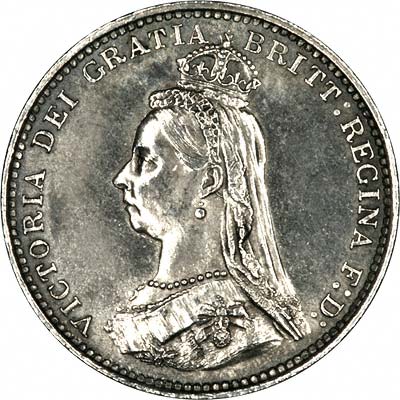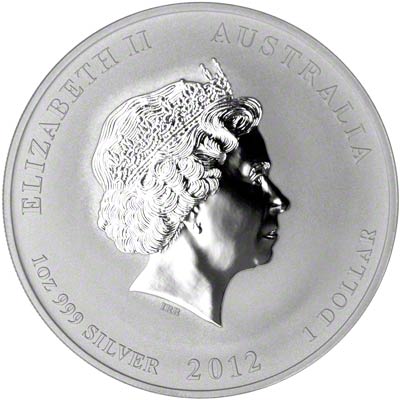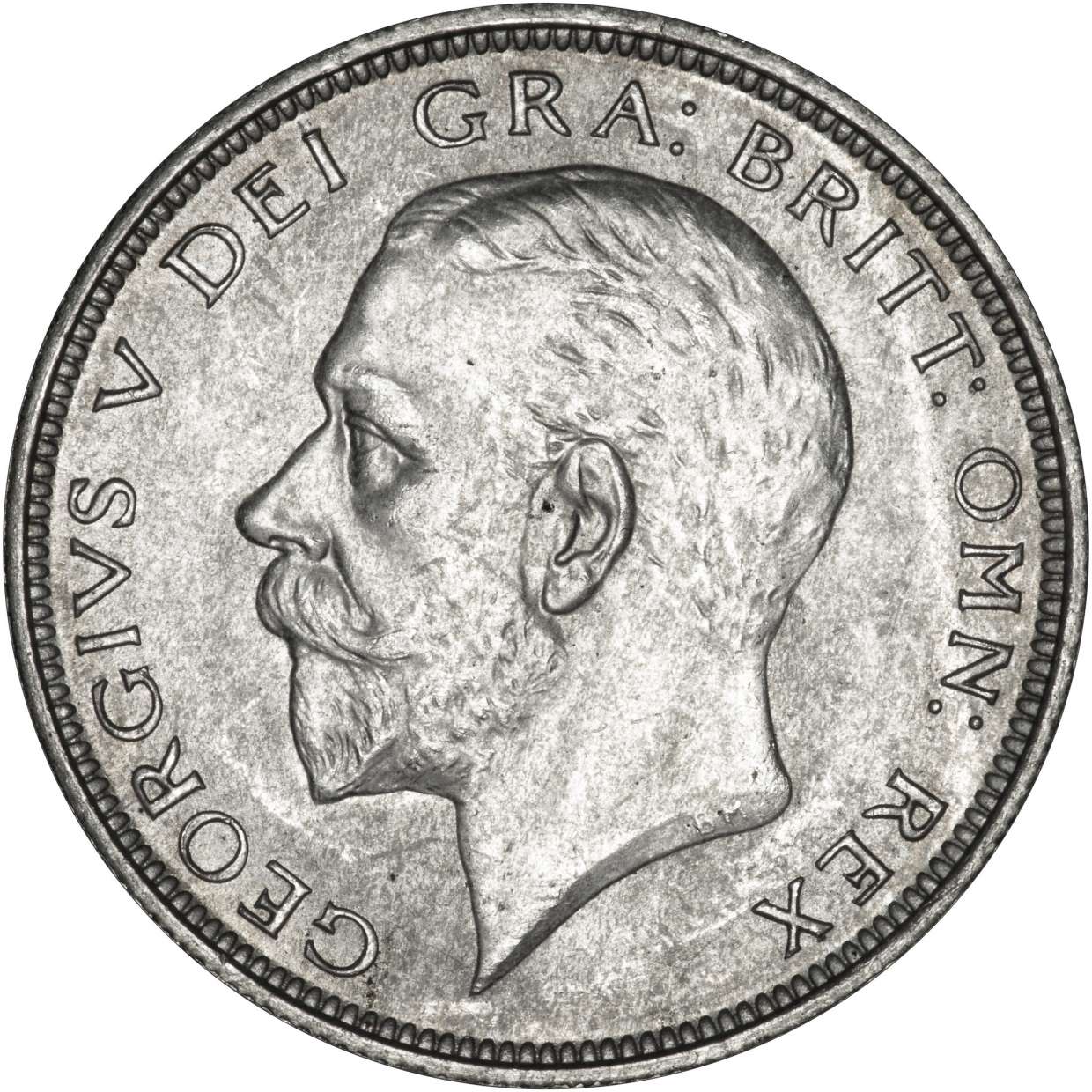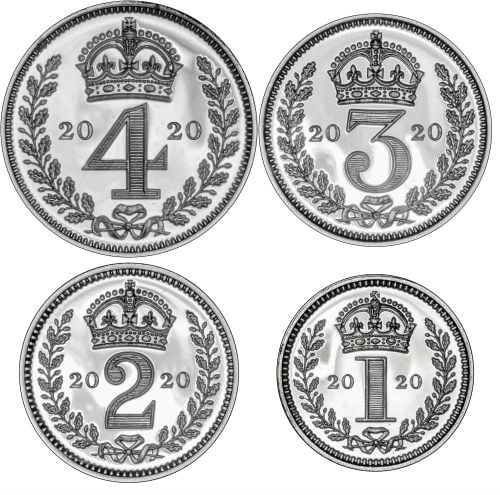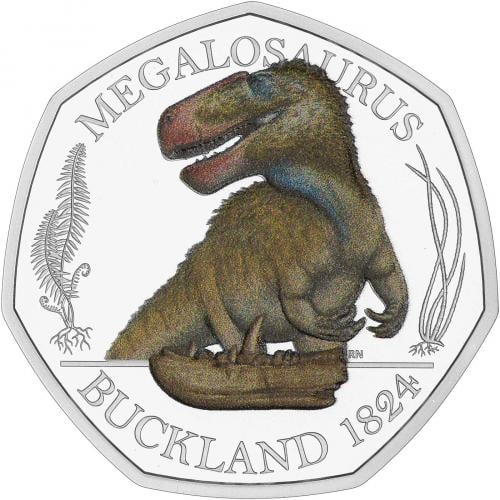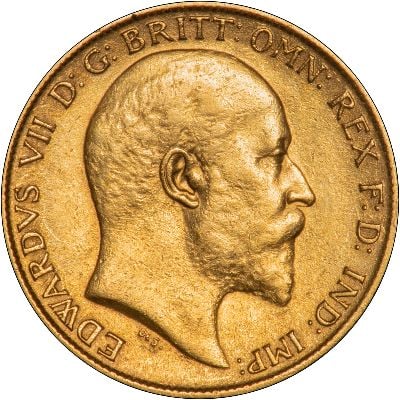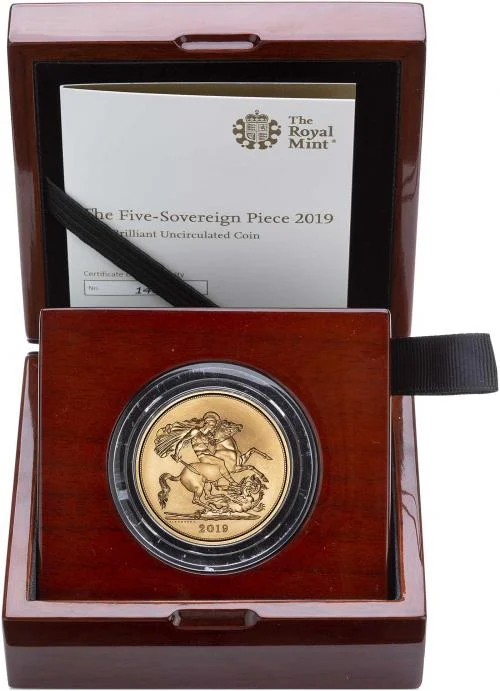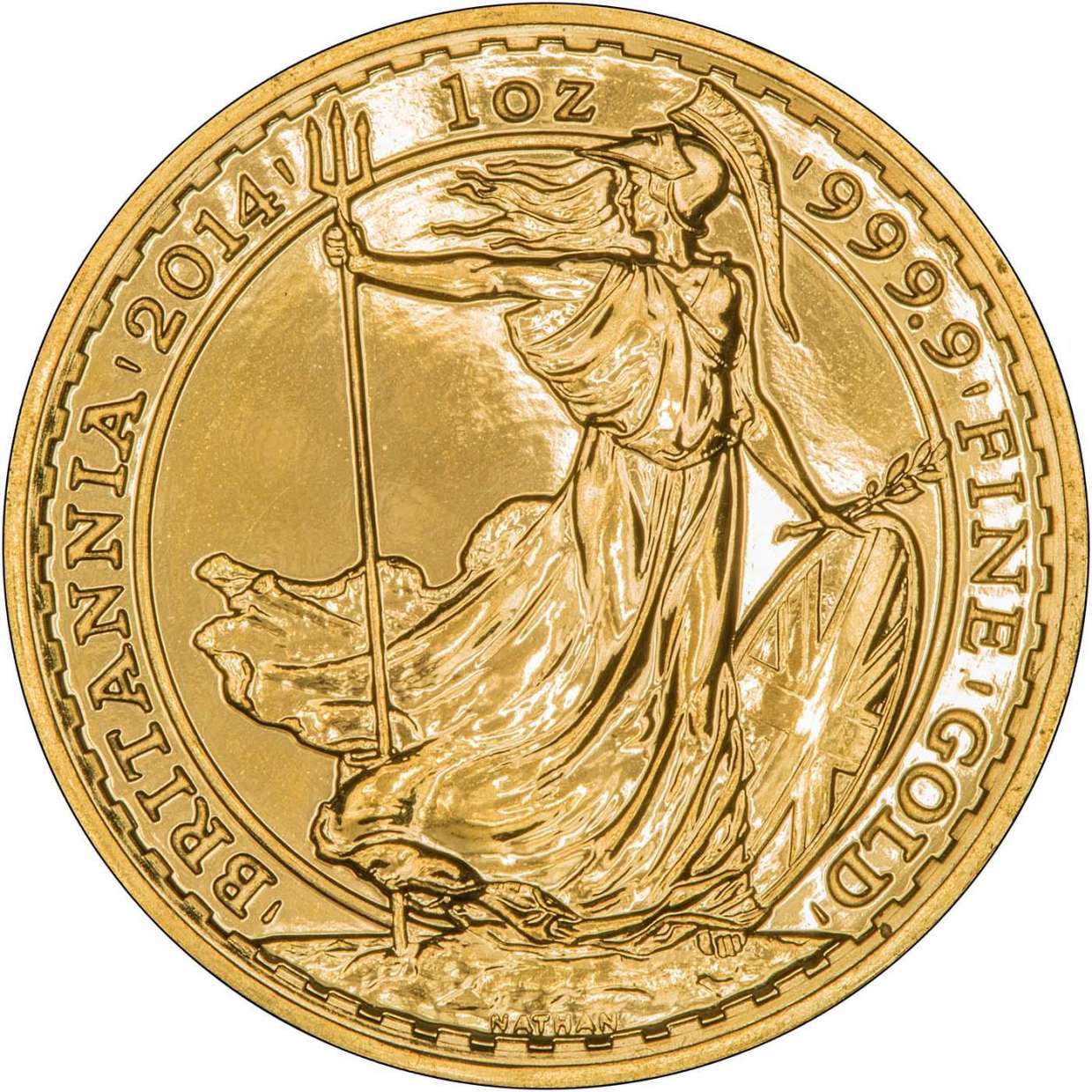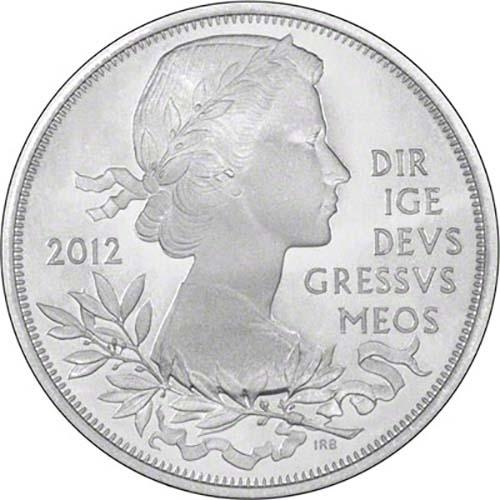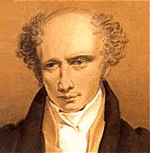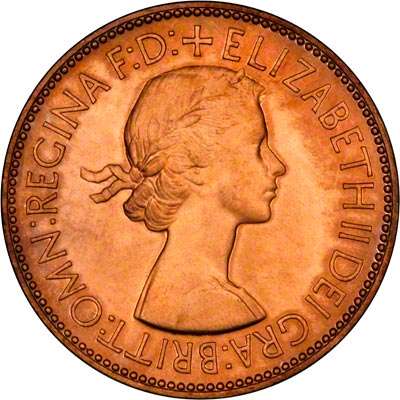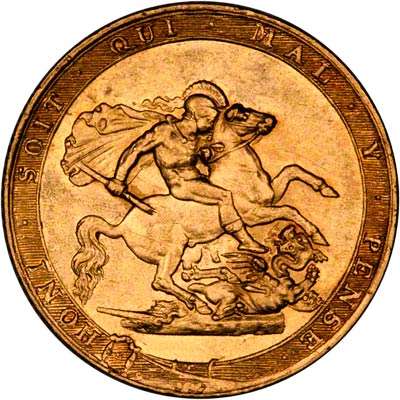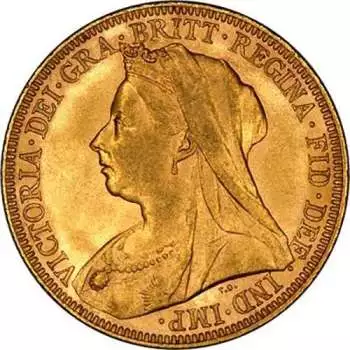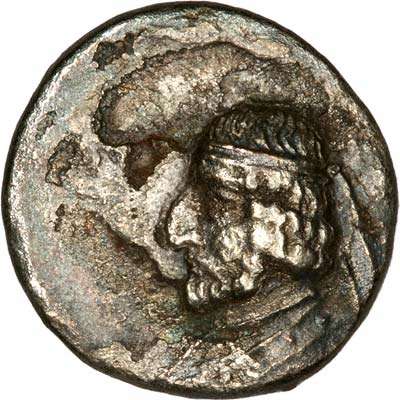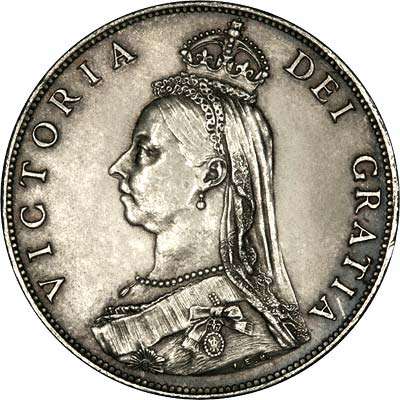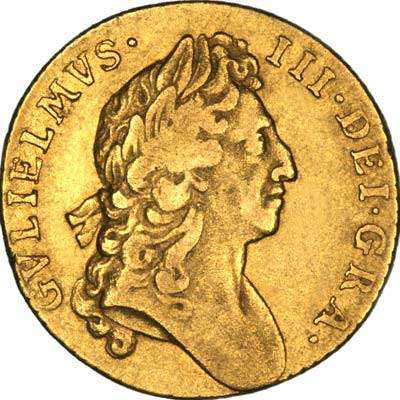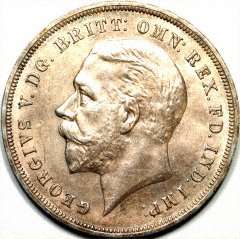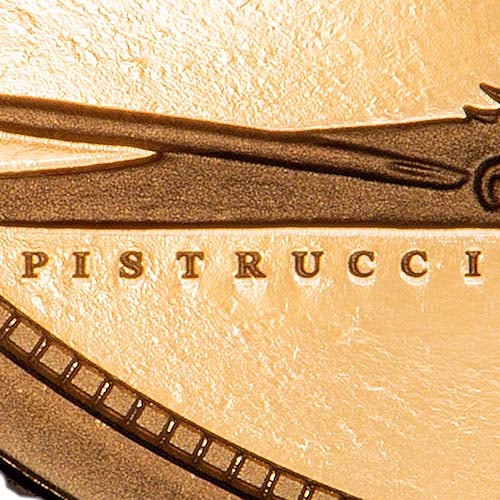SSC Provenance Mark with 'Vigo' on British Coins
Synopsis
Some 1703 British denominations feature the word 'VIGO' under Anne's portrait on the obverse. Coins taken from Chard's stock.
The Word 'VIGO' Denotes Silver Captured from the Spanish Following the Battle of Vigo Bay
Provenance marks on English/British coins are unusual, but not unknown. There are several different provenance marks which indicate the source of the metal used to strike certain coins.
The Battle of Vigo Bay
In 1702, Britain and Holland were involved in the War of the Spanish Succession, a war fought to prevent the possibility of the Bourbon family becoming too powerful by gaining the thrones of both Spain and France. Following an abortive attempt to capture Cadiz, the Anglo-Dutch fleet, commanded by Admiral George Rooke was sailing for home. As it did so, Rooke received word that the Spanish Treasure Fleet had sailed into Vigo Bay and was awaiting permission to unload its cargo. George Rooke ordered the Fleet to make haste to the Bay and attack as soon as possible, before the Treasure Fleet had chance to finish unloading its cargo.
When the Anglo-Dutch Fleet arrived at the entrance to the bay, they found their way blocked by a boom (a barrier consisting of chains and wood) and defended by several forts. Land troops commanded by the Duke of Ormonde attacked and silenced the land forts, whilst HMS Torbay attacked the boom and broke through it. Once the boom was broken and the forts were neutralised, the Franco-Spanish fleet was doomed, and their crews attempted to destroy the ships before abandoning them.
Unfortunately for the Anglo-Dutch, most of the silver had already been unloaded, although the amount captured was still considerable, at just over 4,500 lbs, with an additional 7lb 8oz of gold also captured*. The entire enemy fleet was destroyed, and the King of Portugal was persuaded to ally with England and Holland, allowing them to base their ships in Lisbon and harass any ships trying to pass through the Straits of Gibraltar. This was in addition to the money gained by the British and Dutch Governments from the loot recovered from the defeated Treasure Fleet.
The Aftermath
Ironically however, King Philip of Spain also benefitted financially from his defeat at Vigo Bay. As previously mentioned, most of the silver had already been unloaded, and most of the cargo which was lost were goods such as indigo, spices and manufactured goods. Philip used the defeat as an excuse to confiscate the wealth of many of the English and Dutch Merchants based in Spain, and the silver which was to be used to pay the merchants for the goods which had been lost was loaned instead to Philip at a relatively cheap rate. Although Philip had lost many ships in the process, he gained a financial windfall as a result of the Battle.
In spite of this however, the overall consequences for Spain were negative. Spanish Naval power had been weakened, and her strategic situation had been worsened by the defection of Portugal to the Allies. Britain was later able to capture Gibraltar and control the entrance to the Mediterranean, partly as a result of the victory at Vigo Bay. Britain's eventual victory in the war would allow her Empire to expand more easily as a result of the naval dominance which Vigo Bay helped to achieve, and was an important factor in propelling Britain to become the predominant naval and maritime power of the next 240 years.
England Gloats
By putting the word 'VIGO' under the Queen's portrait, England was simultaneously celebrating its victory and mocking the Spanish by striking the captured loot into coins. All of these coins are dated 1703, the year after the battle. They are considerably rarer than the similar 'LIMA' issues of George II issued over 40 years later, especially the gold issues. However, despite their comparative scarcity, the silver issues are still quite affordable for most collectors who want to own a piece of Britain's naval and maritime, as well as numismatic heritage.

* According to Sir Isaac Newton, who in addition to being a great scientist and mathematician, was also the Master of the Royal Mint between 1699 and his death in 1727 (he had begun his employment at the Royal Mint as the Warden in 1696).
Other Provenance Marks
Other provenance marks used on British coins were:-
| Mark | Origin |
| Plumes / Feathers | Wales |
| Roses & Plumes | Company for Smelting Down Lead with Pit Coale and Sea Coale |
| Roses | Silver from the West of England Mines |
| WCC | Welsh Copper Company |
| SSC | South Sea Company |
| LIMA | Lima, Peru |
| Elephant & Castle | The Africa Company |
We also have a page dedicated to Provenance Marks on British Coins
If you want to find the value of a coin you own, please take a look at our page I've Found An Old Coin, What's It Worth?
Related Blog Articles
This guide and its content is copyright of Chard (1964) Ltd - © Chard (1964) Ltd 2025. All rights reserved. Any redistribution or reproduction of part or all of the contents in any form is prohibited.
We are not financial advisers and we would always recommend that you consult with one prior to making any investment decision.
You can read more about copyright or our advice disclaimer on these links.



